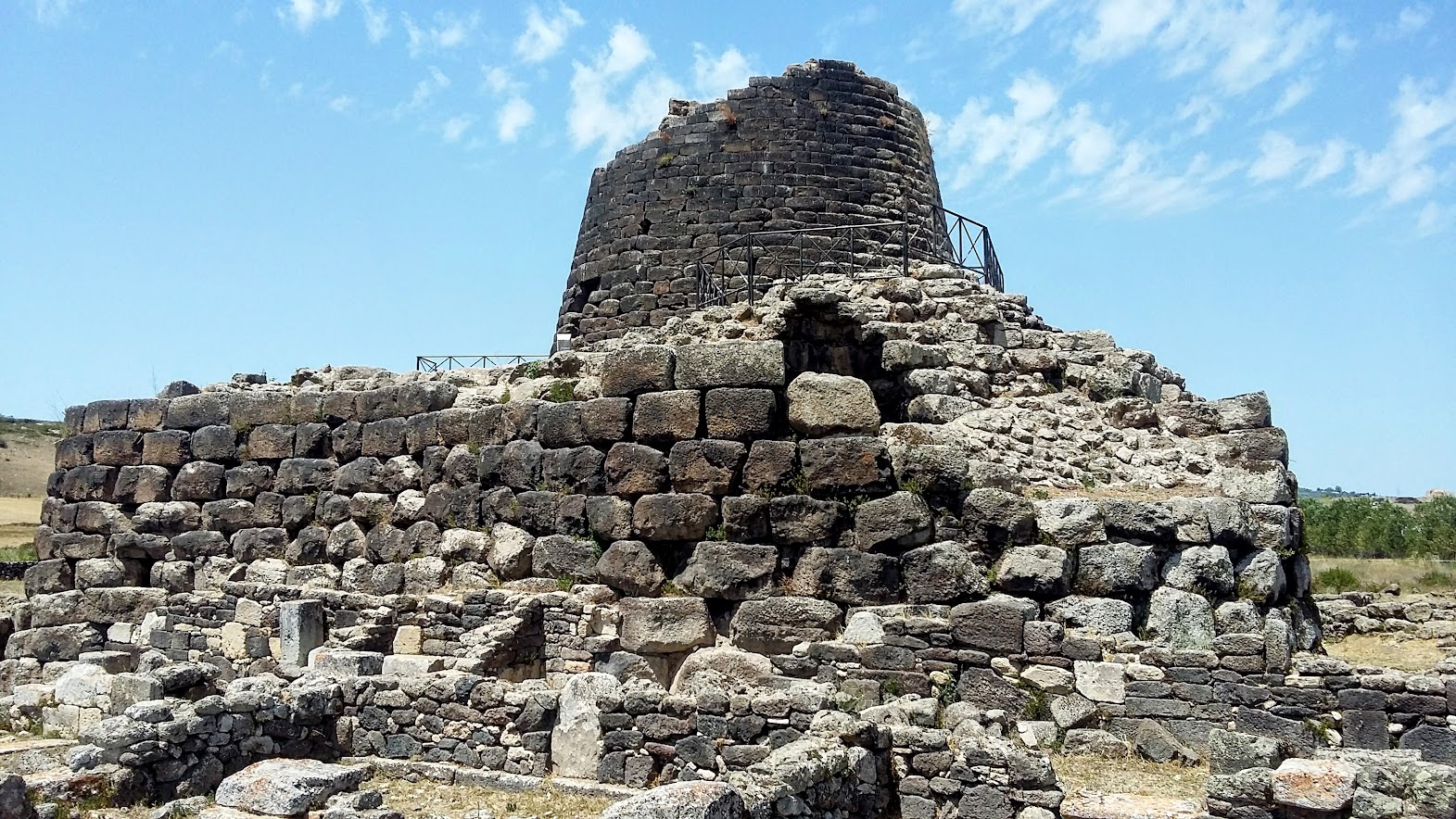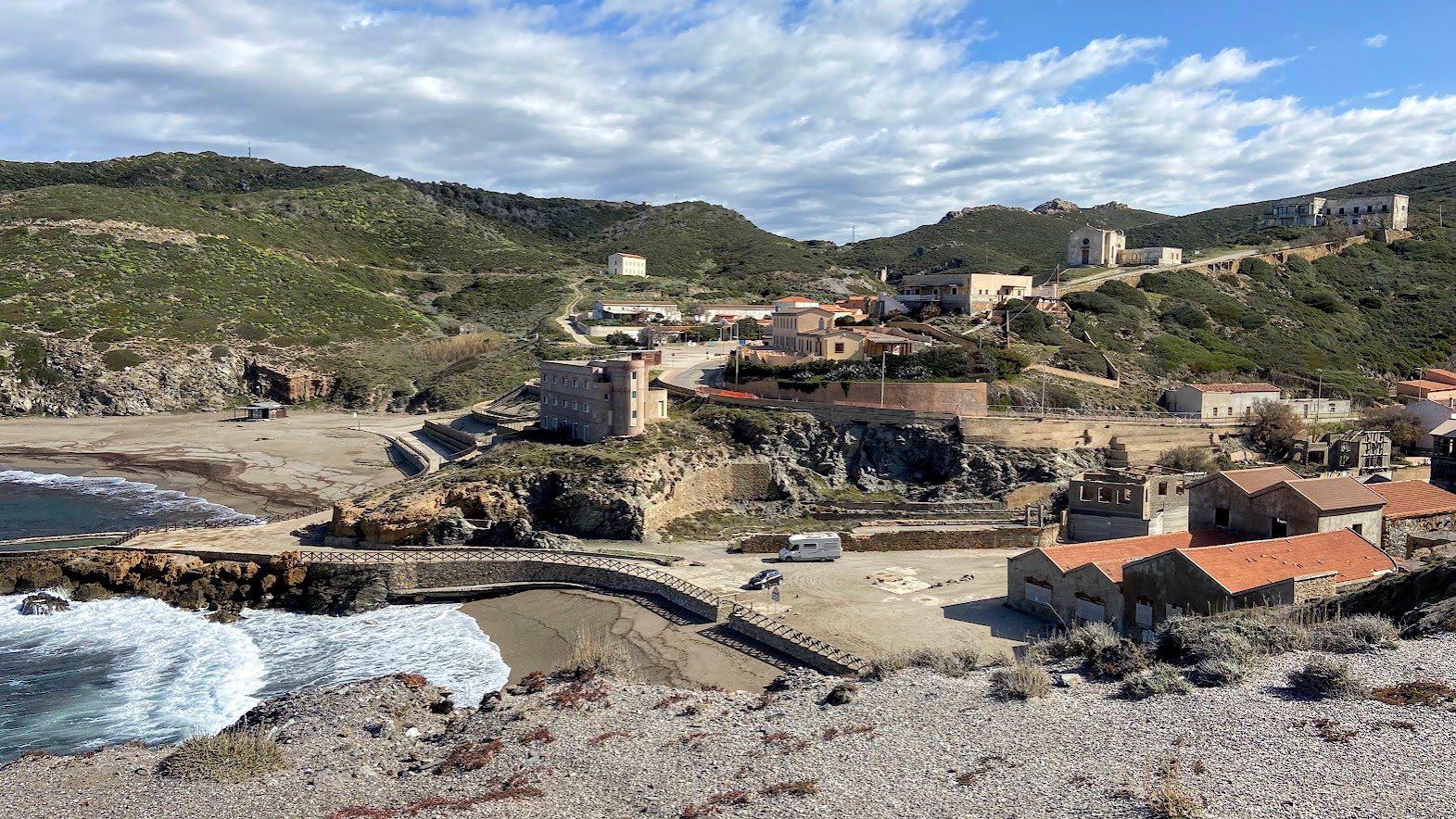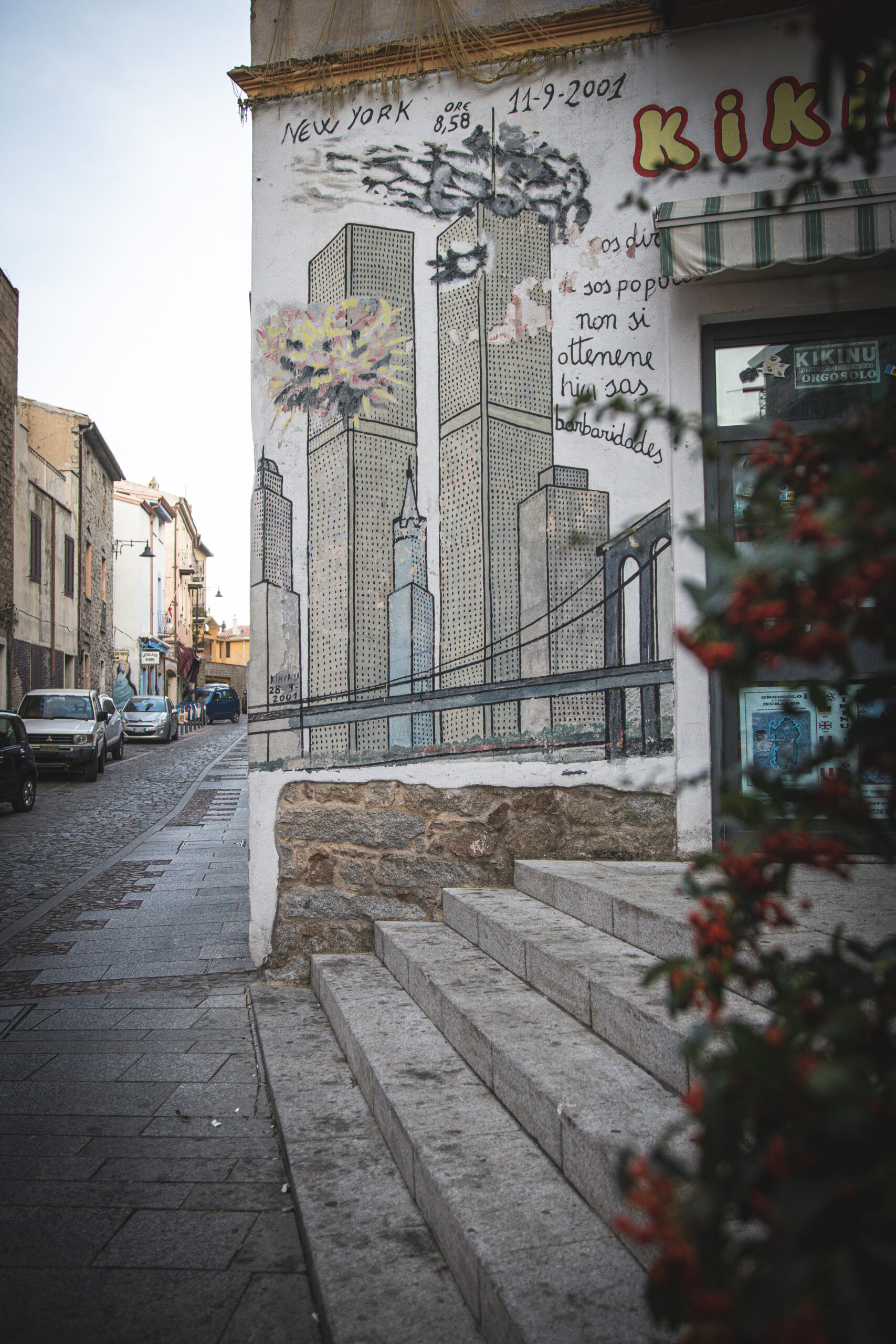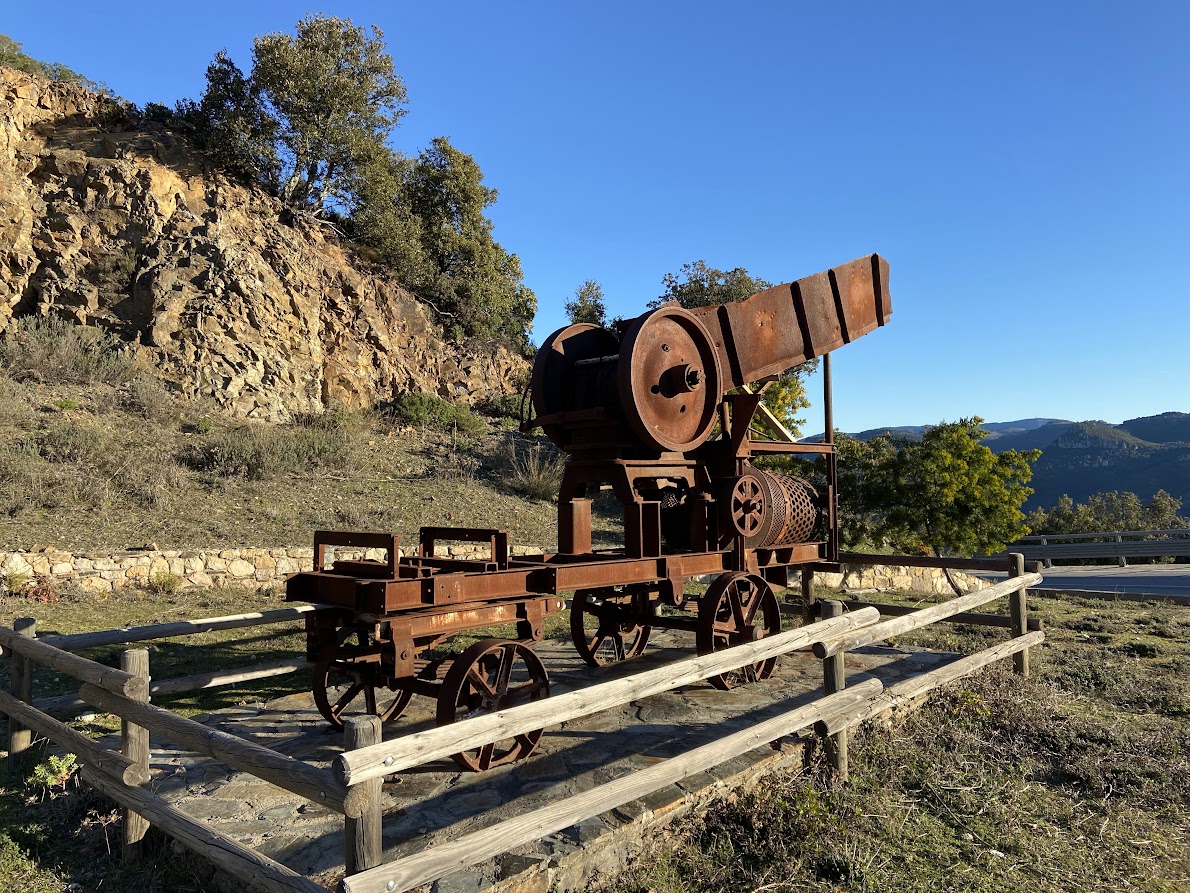
Sardinia – the mythical Atlantis?
Behind the Pillars of Hercules there was a golden island dedicated to the sea God Poseidon, but it was lost at the top of its greatness, probably struck by a nature disaster. The myth says that it was the cradle of a powerful and original thousand-year-old civilization, that was the guardian of knowledge passed down from generation to generation. An island inhabited by a nation of warriors, seafarers and daring architects, who built magnificent stone towers never seen elsewhere. In the ancient world, the island was considered an earthly paradise: the coast, the sea, idylic mountains and a beautiful countryside dotted with strange black, white and red stones. A land rich in veins of silver and spring waters that rose to the surface in sources revered as sacred and formed pools of hot water and steam, a panacea for health and beauty. Here, life lasted longer, also thanks to the generous nature and favorable climate, mild summers and winters with a plenty of sun, which allowed for more crops during the year. It was a happy island. Platone first mentions this mythical island in his work Timaeus. And the myth of Atlantis has been the subject of research by historians and philosophers for two thousand years, stimulating the imagination of artists and writers. Could it actually be Sardinia? If we let our imaginations run wild…Island of mysterious towers – over eight thousand towers have already been excavated and many still remain undiscovered. These are nuraghes, structures of dry-jointed meghalitic boulders, that seem to defy the laws of physics. One can easily imagine the amazement of seafarers, who plied the ancient Meditteranean. Island of black, red and white stones – Sardinia like a small fragment of Tyrrhenis, the great extinct continent, from where the big stone heart of the island comes, porphyres and granite from the Paleozoic, limestone and sandstone from the Mesozoic, basalt and trachyte from the Tertiary, alluvial sands and dunes from Quaternary. Island of precious silver veins – an ancient land that holds great wealth. That are the mountains of Gennargentu, impressive to look at, hiding in its rugged terrain “roads that lead to copper and silver”, mineral and metal treasures, that will be appealing at any time. Island of hot springs – since the down of times, bathing in hot spring waters of Terra Madre has been a cleansing ritual, not only to support health but also beauty. You can unexpectedly find natural pools with hot springs or steams among the unspoiled natural environment. Island of cold waters – as if they fall from the sky to remain on the ground, those are divine waters generated by Mother Earth. Groundwater resources were essential for human life, but they were closely linked to the symbolic and divine side of nature. Island of sacred waters – water is a transcendental dimension of nature. A man, that descendes down the sacred well, percieves its energy and finds himself here in balance with the cosmic forces of heaven and the primitive force of Mother Earth. So it is not very surprising that in 2002 journalist Sergio Frau came up with a revolutionary theory: He identified Atlantis with Sardinia. Island that is located behind the “Pillars of Hercules” and about which Plato wrote that “this is where you come to the other islands and to the mainland that surrounds everything” could be Sardinia, located in the middle of Medditerrenean. There is a hypothesis that the island was devastated in ancient times by a giant tsunami that could destroy cities and at the same time created a massive scurf out of which the nuraghes were excavated in the modern times. Who were the real Nuraghe and their predecessors, how were their cities built, what did they do? We only have a vague idea. Meghalitic towers and remnants of villages remain. Tombs and sacred wells associated with the cult of water worship and annual cycles. Bronze statuettes (bronzetti) depicting tribal chiefs, figures of demigods with four eyes and four arms, boats with the head of a bull or a deer on the prow. Stone sculptures more that 2 metres tall, called Giganti di Mont´e Prama, made of sandstone, depicting warriors and rulers. All this suggests a nation that was powerful and conquering, living in an area rich in metal deposits. A nation that was familiar with astronomy and perhaps the art of navigating the seas, despite the fact that no ship had yet been found. A nation that could be compared with Egyptian pharaohs for its maturity. It seems like no one living could defeat them, only the nature disaster in the form of a tsunami: after its impact they were left decimated and vulnerable, as if the gods wanted to punish them for their pride. This moment also changes the history of Sardinia. The island becomes the target of many conquerors, it is exploited by ancient and modern nations – Phoenicians, Carthaginians, Romans and the maritime powers of Pisa and Genoa, through the Spanish to the Piedmontese kings. It was then that the indication “costante resistenziale sarda” was born, the thousand-year-long struggle of the Sardinians against the invaders. An island with a long and complicated history, which has preserved many legacies from each of the eras. So let’s say it, Atlantis or not, Sardinia is a place that has a magic in it that is worth discovering. In the most authentic and hidden aspects.


